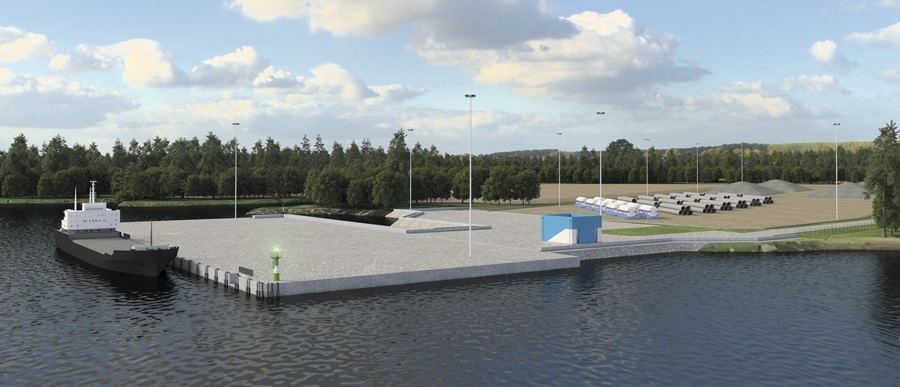The decision to invest in any project – the construction of a maritime, river or land terminal, the acquistion of new equipment, re-orienting to a new cargo-class – will always require comprehensive analysis.
The most diverse backgrounds and disciplines are needed: experience in design engineering and gaining approval for project documentation, an in-depth understanding of construction technology and the process of receiving construction permits, an extensive knowledge of transport technologies and the logistics market, along with the ability to evaluate capital and operational expenses, structure a financial-economic model for the project, and assess its effectiveness.
If the decision to implement the project has already been taken, then control is required over how closely the work undertaken corresponds to the planned budget and timetable – timely identification of the risks of changes to both schedule and cost, as well as non-receipt of the necessary approvals, is vital.
Morstroytechnology has all the necessary experience and qualifications to audit a project at various stages in its impementation, form before the decision to invest is made, right up to the start of construction work.
Investments in transport projects. Port or land terminal project audit

Assessing justification for investment.
1. Assessing the technical condition and market position of an existing port/ transport asset against the following pa-rameters:
a. technical condition of hydrotech-nical facilities, sites, buildings, and other terminal infrastructure;
b. capabilities of the technology used and capacity of the transshipment equipment;
c. suitability of the terminal territory for day-to-day operations and possible ramp-up of capacity;
d. constraints on rail and road access;
e. existing facilities for cargo transshi-pment and potential for ramp-up of capacity or re-purposing;
f. efficiency of capacity utilization with reference to benchmarks;
g. existing cargo base and prospective cargo flows;
h. SWOT-analysis and competitiveness in the market.
2. Assessing a terminal project based on the following parameters:
a. specific features and potential of the terminal’s location;
b. capacity of external infrastructure (road and rail access, utility networks);
c. capacity of the territory and storage locations as well as cargo han-dling locations;
d. feasibility and optimization of the project’s process solutions;
e. sufficiency of planned bottom dredging operations;
f. feasibility and optimization of hydro-technical solutions;
g. justification and sufficiency of investment costs;
h. conformity of the assumed parameters to market demands (ben-ch-marking)
i. justification for the cargo base and demand for the services provided by the terminal;
j. anticipated operating costs;
k. commercial efficiency of the project.
l. rationale for the project implementation schedule;
m. project Implementation risks;
n. sufficiency of documentation establishing ownership/title and initial license to operate
At the stage of project Implementation:
1. Analyzing the initial licensing documentation and design documentation:
a. assessing the completeness of the documents package necessary for this phase of work;
b. assessing sufficiency of and/or the need for updating/extending/obtaining the initial licensing documentation;
c. identifying risks associated with construction completion delays caused by a delay in receipt of the initial licensing documentation;
d. checking for conformity of the planned works to the requirements of techni-cal rules, Russian state standards (GOST), Russian construction rules and regu-lations (SNiP) and the prevailing law of the Russian Federation.
2. Analyzing the specifications for connection to external engineering net-works – their availability, condition and compliance with the requirements set out in the project specifications.
3. Assessing the schedule for completion of works with reference to the vol-ume of actually completed works and works still to be completed with refer-ence to the project budget.
4. Assessing the correlation between planned and actual project implemen-tation expenditures (in relation to the project budget items and target dates). Ascertain factors and risks re-lating to project budget cost overruns.
5. Assessing the degree of construc-tion readiness of the construction project as a whole and on a facility-by-facility basis (under the design documen-tation developed) taking into account receipt of permits and licenses for use of the installed equipment and the docu-ments confirming compliance with the specifications, etc.
6. Assessing potential dates for con-struction completion, receipt of per-mits for commissioning and executing title ownership deeds.









